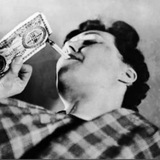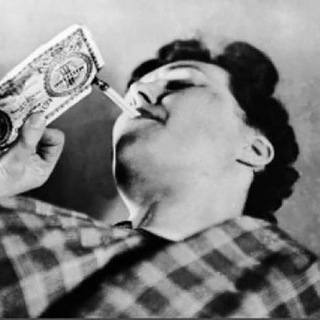This media is not supported in your browser
VIEW IN TELEGRAM
How it goes exponentially. Inflation in Weimar Republic
Daimler Notgeld or "Emergency Money". 3 billion marks in the end of October 1923 shouldn't be enough for buying a car. The purchasing power of the Daimler Notgeld might be not enough to change tires. Who knows about changing oil.
Item info
Item info
Weimar Artifacts
Kaiser's eagle on the 1908's Reichsbanknote. Gorgeous isn't it? This is because at that time German Empire were running on 1-to-1 gold standard and Reichsmarks were "Mark gleich Mark". It was a catchphrase during and after World War I indicating public confidence…
The flip-side is no less gorgeous. Banknote designer Paul Thumann primarily worked as an illustrator, producing plates for books by Goethe, Tennyson, Chamisso, Heine and many others. The bill also circulated in Weimar Germany, although it had far less value 📉
The "Darlehnskassenschein" loan notes were issued in Germany between 1914 and 1922 by the Reich Debt Administration (Reichsschuldenverwaltung). Formally, these notes were not "real" banknotes, but had to be accepted by all public treasuries as a means of payment. With the start of their issuance at the start of World War I, these loan notes were legally covered by loans on industrial and agricultural goods, but like all other means of payment, they were not redeemable for marks-gold.

